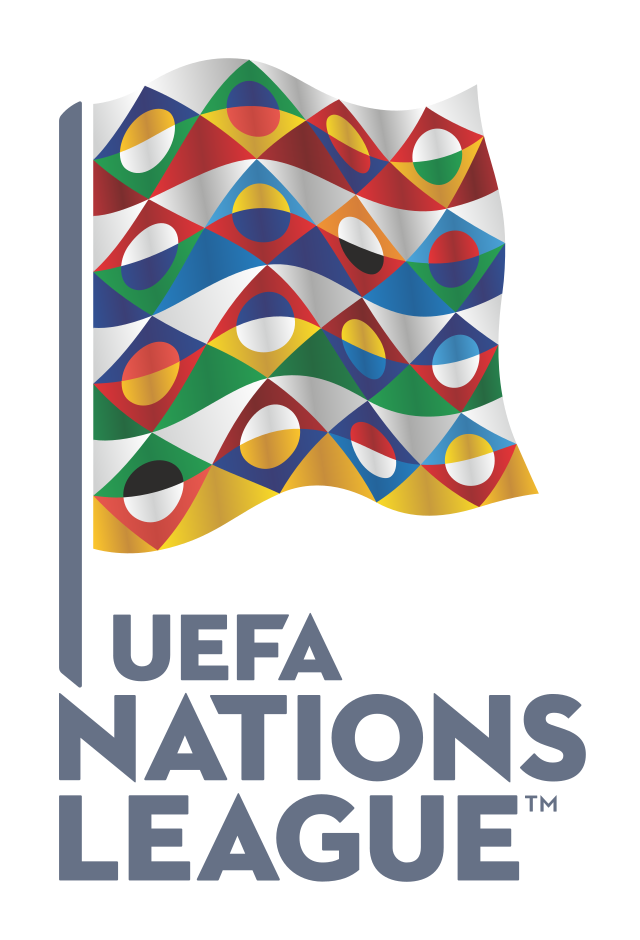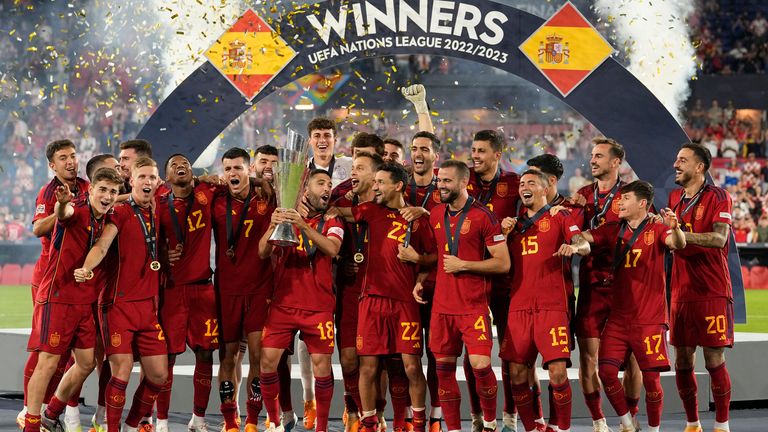
The UEFA Nations League is an innovative international football competition introduced by UEFA (the Union of European Football Associations) to enhance the quality of national team matches among its member associations. Launched in September 2018, it aims to replace typical friendly matches with more competitive fixtures, thereby providing national teams with opportunities to compete against others of similar strength. This structure allows for more meaningful games during the FIFA International Match Calendar, ultimately improving the level of play and spectator interest in European football[1][3].
Structure and Format
The competition organizes UEFA's 55 national teams into four different leagues based on their FIFA rankings and recent performances. Each league is further divided into groups:
League A: 16 teams divided into four groups of four.
Leagues B and C: Each contains 16 teams split into four groups of four.
League D: Consists of 6 teams split into two groups of three.
Teams compete in a home-and-away round-robin format within their groups. The current format allows for promotion and relegation between leagues, with group winners in Leagues B, C, and D being promoted to the higher league and bottom teams in Leagues A and B being relegated to the lower league[2][4][5].
Starting from the 2024-25 season, each league's group winners and runners-up will progress to a new quarter-final phase in League A. Here, the top two teams from each group will face off in home-and-away ties, promoting even more competitive matches as the winners advance to the Nations League Finals[3][4].
Key Phases and Scheduling
Each Nations League cycle spans approximately two years, encompassing both league and knockout phases:
The League Phase occurs in three international breaks spanning September, October, and November.
The Knockout Phase includes quarter-finals in March of the following year and finals in June[2][3][4].
For the 2024-25 edition, quarter-finals will take place between March 20-25, 2025, leading to the Finals scheduled for June 2025. The Finals will maintain a knockout format, featuring semi-finals, a third-place play-off, and a final to crown the champion[5].
Qualification for Major Tournaments
A significant feature of the UEFA Nations League is its integration with the qualification processes for major tournaments like the UEFA European Championship and the FIFA World Cup. Teams can earn additional qualifying spots through their performance in the Nations League.
For Euro 2024, teams that win their Nations League groups (if not already qualified) can enter play-offs to secure a spot in the tournament. However, starting with Euro 2024, League D will no longer have its distinct play-off path, limiting its teams' chances to advance[2][3].
For the 2026 FIFA World Cup, the Nations League will again play a part in qualification, where the best-ranked group winners (not automatically qualifying) will enter play-off ties alongside group runners-up from the main qualifying rounds[4][5].
Awards and Recognition

Each season, the UEFA Nations League includes the Player of the Tournament and Goal of the Tournament awards, celebrating individual excellence during the competition's Finals. The trophy itself is a sterling silver piece, weighing 7.5 kg and standing 71 cm tall, symbolizing the gathering of UEFA's national associations[2][3].
Reception and Impact

Upon its introduction, the UEFA Nations League was seen as a progressive step to ensure competitive quality over traditional friendly matches. However, it has faced criticism regarding its scheduling and impact on players, with some notable football figures expressing concerns over the tournament's significance and the risk of injuries during condensed match windows[1][4].
Despite the mixed responses from players and commentators, the Nations League has received praise for offering high-quality matches and providing opportunities for lower-ranked national teams to compete on a larger stage[1][3][4].
In summary, the UEFA Nations League represents an evolving landscape in international football, promising more engaging and competitive experiences for teams and fans alike, while linking closely with broader international tournament qualifications.
Get more accurate answers with Super Pandi, upload files, personalized discovery feed, save searches and contribute to the PandiPedia.
Let's look at alternatives:
- Modify the query.
- Start a new thread.
- Remove sources (if manually added).